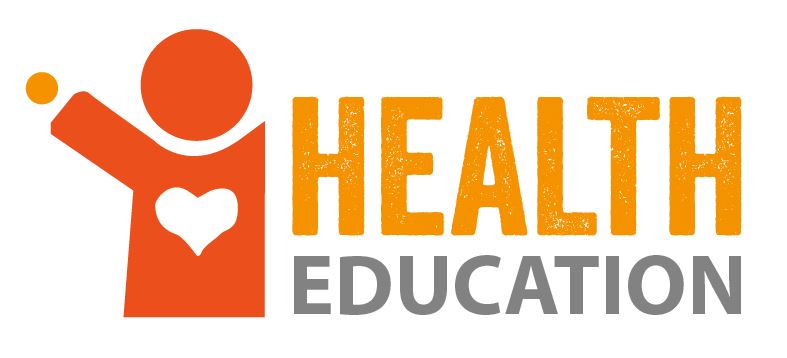
Think about the exercise or diet that you followed in the past one month.
Was healthy food a part of it?
Did you go for a morning walk?
Did you join the gym?
Most of us know that we need to make healthy choices but we just don’t know how. Every day we struggle to decide whether we should go for exercise or sleep an extra hour or simply take the stairs instead of the elevator.
Health education can help students and young adults make the right choice. Implementing health education lessons in schools only means making children aware of how their health is impacted by various factors. The middle and high school students are taught how they can prevent illness and stay fit. It is at this age that children and teenagers are the most impressionable and therefore likely to take the lessons to heart and make significant positive changes in their lifestyle.
Let’s analyse the positive impact of health education on middle and high school students.
Why Health Education Is Essential?

Health education is a medium utilized by educational institutions for teaching students about physical, mental, emotional, social, and spiritual health. It encourages students to decrease risky behaviors (such as drugs, alcohol, and unhealthy sexual habits), prevent illness, and improve wellbeing.
1. Improved Stamina
The purpose of sending children to school isn’t limited to academics. Middle and high school students need to get a holistic education about all the things that might affect their future life, including their health. Therefore, health education must be made into a part of the syllabus at school.
Sometimes, children leave without having breakfast, skip lunch, or eat unhealthy food items. This leads to health problems, some may faint during class and others may have extremely low stamina.
2. Healthy Brain
Our brain contains a lot of fat – 60% to be accurate. For optimum and efficient performance, it requires unsaturated fats, proteins, and carbohydrates. Young people often ignore these essential nutrients every day, as they are not yet aware of how essential these nutrients are. This makes them sleepy and lethargic during the day.
Even when we drive a car, we maintain it properly and feed it with fuel. Without that, you can’t drive the car for very long as it will break down and stop working. Similarly, if the brain doesn’t get the necessary nutrients in the morning after a 9-hour gap, it becomes groggy and fogged.
3. Better Sports Performance
While we encourage students to participate in sports, we forget that this performance and motivation will come from proper health. This ability to make healthy decisions comes from health education.
If the body of the child is deficient in nutrients, he or she will never be able to perform well and to his or her potential in sports. Additionally, they will suffer more injuries if their eating habits are not proper.
4. Reduced Future Health Problems
These days, everybody is suffering from blood pressure, diabetes, sugar, or cholesterol. These illnesses are so common that we sometimes use them as an excuse to skip on exercise.
However, if accurate health education is provided to children and teenagers from the early years, they will know what to eat and when to exercise. A combination of both keeps the body safe from all these common health problems.
Ensuring Health Education at School
To ensure that students understand the various factors that affect a person’s health, schools can introduce a well-rounded health education program. This curriculum will have a long-term impact on the health and wellbeing of the students. In fact, it will improve both the overall academic and sports performance.
Here are some ways in which you can implement health education at school:
1. Coordinate
Although every school or educational center has some guidelines for health education implementation, a separate curriculum should be created. Some things that should be included in the health curriculum are:
- Mental health education along with counselling sessions
- Child health initiatives
- Physical education sessions for maintaining stamina and strength
- Sex education classes for safe practices
- Anti-alcohol and drug prevention programs
- Anti-violence programs
2. Outline Standard Principles
It is necessary to coordinate your health education curriculum with internal principles. Even if you make certain rules and decide to coordinate with parents to ensure health education, it won’t work without proper guidelines or principles. A uniformly-presented curriculum following consistent principles will help everyone follow a standard protocol for health education.
Characteristics that teachers should encourage in students:
- Health skills to motivate healthy habits.
- Healthy-lifestyle practices and how these can be achieved.
- Assisting others in achieving a healthy lifestyle standard as it will help the individual become more consistent in health skills.
- The capability of utilizing health-related skills and information in the correct way. Overdoing everything or just trying every health-related trend can harm the person too.
3. Evaluate and Research
An important part of health education is researching and evaluating accurate information about a topic before implementation. Involve people from your organization who know about health programs and have experience in their implementation. You can also take advice from peers and then come up with a useful and effective curriculum. Some aspects that you should consider are:
- Your aim and the goals behind the health education program.
- Evaluating the studies that have been carried out along with the outcomes.
- How pressure from peers and friends can be managed by children regarding health education.
- Ensuring the development of essential skills related to healthy living.
4. Customize
Since every group and community is different, the student group at your school may be varied too. Keeping this in mind, consider the special needs and requirements of your students and customize the final program schedule and implementation accordingly.
- Bring in some creativity.
- Allow students to give their input after the initial lesson has been imparted.
- Evaluate different sides of an argument, views, and the many studies that have been performed over the years.
- Change or evolve over time as the needs and requirements change.
Conclusion
The effective implementation of a health education program can lead to healthy lifestyle choices. The students can learn to handle emotional outbursts, mental health issues, alcohol or drug addictions, injury, or illness, and consume the appropriate quantities of nutrition.
Just as math and reading are important, health education holds an essential place in school curriculums as well. Individuals who are encouraged to focus on overall development in school often become more successful as they are healthy enough to handle the stress and anxieties that may come with their choice of career. Hence, prepare your health curriculum so as to enable your students to reap maximum benefits.

